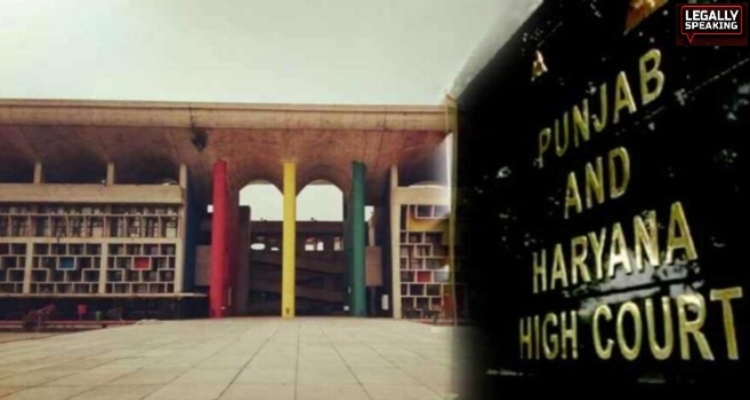
Acting Chief Justice of the Punjab and Haryana High Court, G S Sandhawalia, officially launched four information technology initiatives during a ceremony. These initiatives, including hybrid video-conferencing, were inaugurated to enhance the court’s technological capabilities.
“Justice Gurmeet Singh Sandhawalia unveiled four IT initiatives, which include hybrid video-conferencing services implemented in the high court and all district courts across Punjab, Haryana, and UT, Chandigarh. Additionally, free public Wi-Fi access was introduced within the high court premises, along with the implementation of Inventory Management Software (IMS) for district courts and the initiation of Neutral Citation Phase-I (QR code),” as per a statement released by the Haryana government.
The ceremony was attended by Justice Lisa Gill, who serves as the chairperson of the Computer Committee, alongside other committee members and all the court’s judges.
The event also saw virtual participation from all the district and sessions judges from Punjab, Haryana, and Chandigarh.
“Hybrid video-conferencing serves to eliminate geographical barriers, allowing participants to remotely join court proceedings. This proves particularly advantageous for individuals with disabilities or those residing in remote areas.
“Furthermore, the utilization of hybrid video-conferencing optimizes the evidence-recording process, reducing delays stemming from scheduling conflicts, transportation issues, and courtroom congestion. This results in improved time management for judges and legal professionals, enabling them to focus on substantive legal matters rather than administrative tasks,” the statement explained.
As part of the project, two sophisticated cameras with integrated digital sound systems have been installed in each court.
“Additionally, each court now features two LED screens, ensuring visibility of remotely appearing parties to both judges and advocates.
“Dedicated VC (video-conferencing) links have been established for seamless court proceedings in a hybrid mode. This comprehensive facility has been deployed across all High Court and district court premises in Punjab, Haryana, and UT, Chandigarh,” the statement affirmed.
The introduction of free public Wi-Fi within the high court premises aims to enhance accessibility to legal resources and information for advocates and litigants. This initiative enables advocates to conduct legal research, access case files, and communicate with clients more efficiently.
Litigants can also remain informed about their cases and seamlessly communicate with their legal representatives, thereby democratizing access to justice by reducing financial barriers for those seeking legal assistance.
“This facility extends coverage to corridors, courtrooms, public areas, the mediation center, and the Bar Association. The project incorporates the installation of the latest secured Wi-Fi access points,” the statement outlined.
The IMS represents an in-house-developed software designed to facilitate paperless distribution, it further elaborated.
“Implementation of QR codes on judgments/final orders in high courts enhances accessibility and transparency, offering quick and easy access to detailed case information for legal professionals, researchers, and the general public. Users can conveniently access digital judgments through a simple scan,” the statement concluded.





